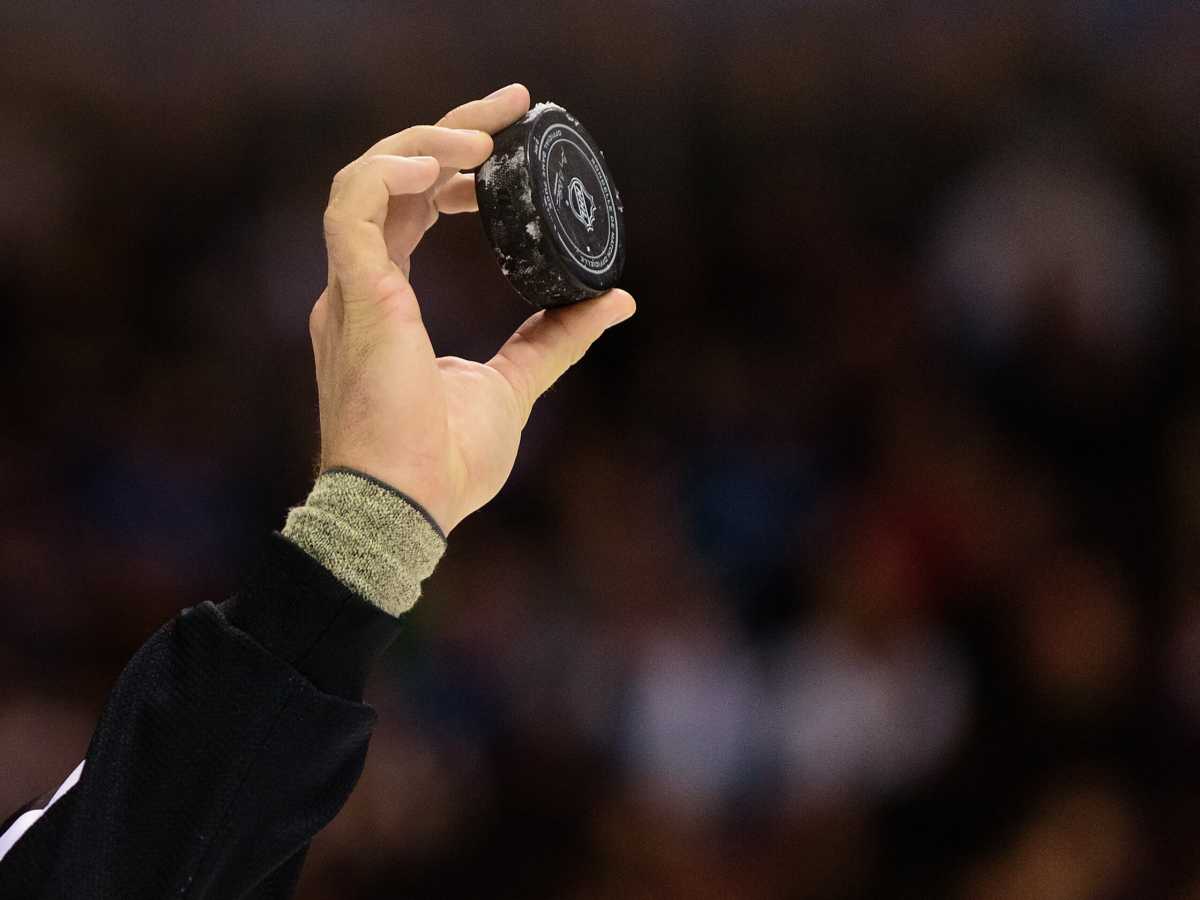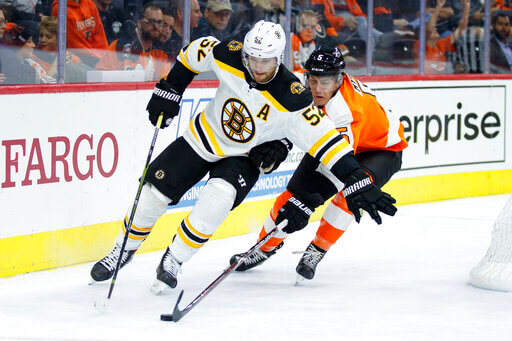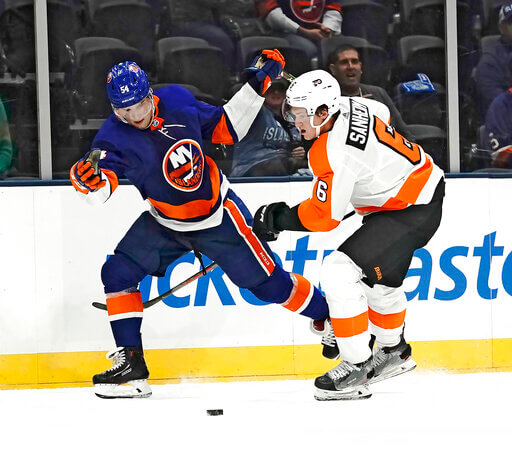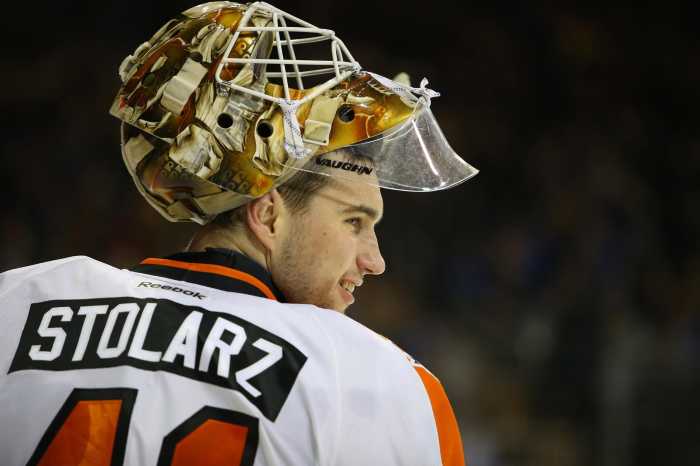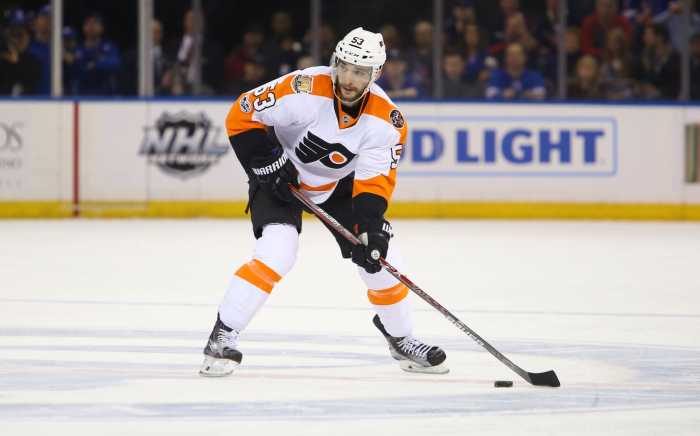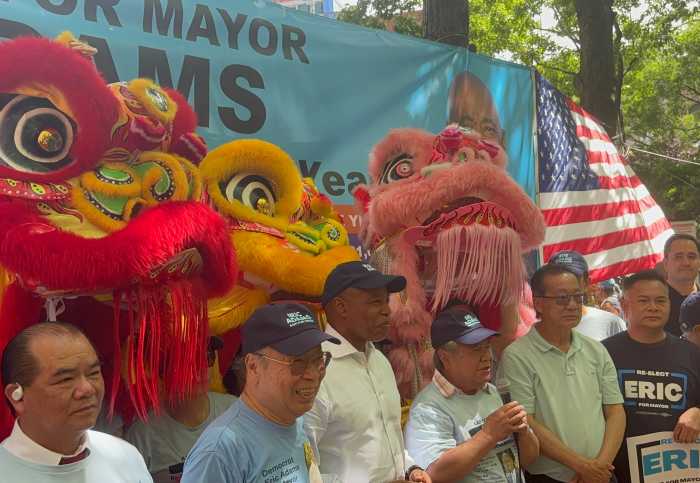There have been more than a few updates to the NHL rule book for the 2019 season. With the regular season kicking off on October 2nd, it’s time to become familiar with these changes in an attempt to understand the NHL officiating. These range from video review to player safety practices. All of the following rule changes were approved by the NHL Board of Governors, NHL General Managers, and the NHL Competition Committee.
Coaches Challenge
The updates to the coaches challenge in the 2019 rulebook allow challenges to pucks that are high-sticked by teammates in the offensive zone, pucks that go off of spectator netting, pucks that are out of play, and hand passes that don’t result in play stoppage leading to a goal scored. Penalty calls cannot be subject to coach challenges.
So, if a sly hand pass is made in the offensive zone and happens to land at a teammates stick on ice that is converted into a goal, a coach’s challenge can be made. If a puck is higher than the goal crossbar and is hit into the net with the stick, that can also be challenged by a coach. On the off chance that a puck hits a part of spectator netting and takes a bounce into the offensive zone, resulting in a goal, that play can be reviewed as the puck would be out of play.
Teams can exercise a coach’s challenge at any time, which is no longer based on the number of team timeouts available. However, for each unsuccessful challenge, the penalty will escalate. On the first unsuccessful challenge, there will be a two-minute minor penalty for delay of game. Each unsuccessful challenge after that will result in a four-minute double-minor penalty.
Referee Review of Major Penalties and Double-Minor High Sticking
An on-ice video review is required for all non-fighting major penalties. The purpose will be to confirm the penalty as a major or to reduce the penalty to a two-minute minor. The penalty cannot be rescinded altogether.
However, referees can review to confirm or rescind a double-minor high sticking penalty. The reviews for a double-minor high sticking penalty are at the referee’s discretion and not mandatory.
Helmets
If a helmet comes off of a player on the ice, that player must exit to the bench or retrieve the helmet and put back properly on the head. This doesn’t mean that the chinstrap must be fastened. If there is an immediate play that can be made on the puck, the player will be given a reasonable opportunity to complete the play. The penalty of not following this rule will result in a two-minute minor. If a player removes another player’s helmet intentionally, a two-minute minor penalty will be called for roughing.
Defensive Line Changes
Defensive line changes are not allowed when the goaltender freezes the puck following a shot from outside the center red line. If a defensive player purposely dislodges the net from the moorings, a defensive line change will not be permitted. In both instances, the offensive team will have a choice of which zone to take the faceoff.
Faceoffs
The offensive team has the choice of what zone to take the faceoff following an icing or to begin a powerplay.
Goaltender Dislodging Net
If the net is dislodged from the moorings intentionally by the goaltender during a breakaway, a goal will be awarded to the non-offending team.
Mandatory Photo Credit: © Anne-Marie Sorvin-USA TODAY Sports

